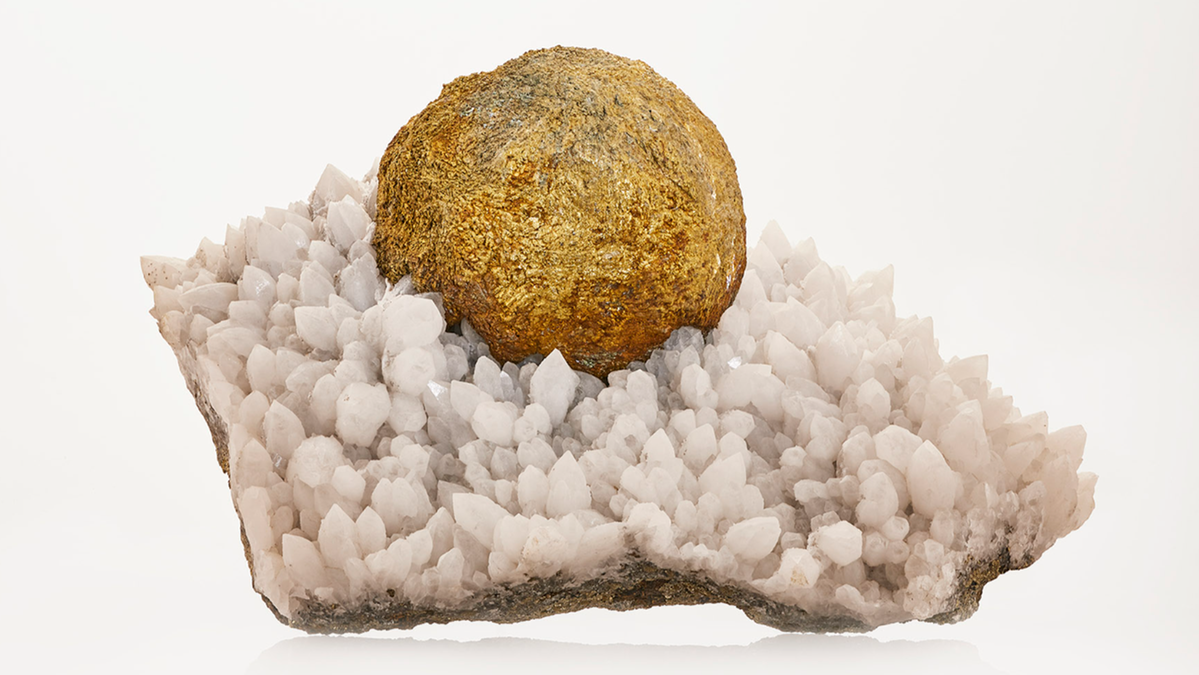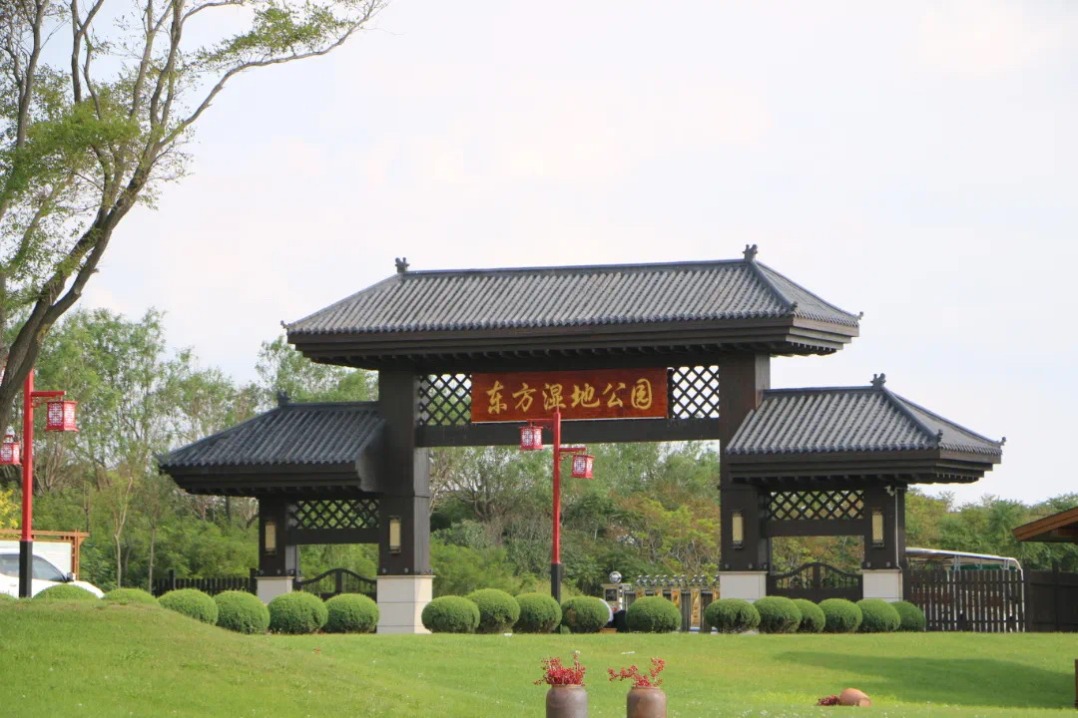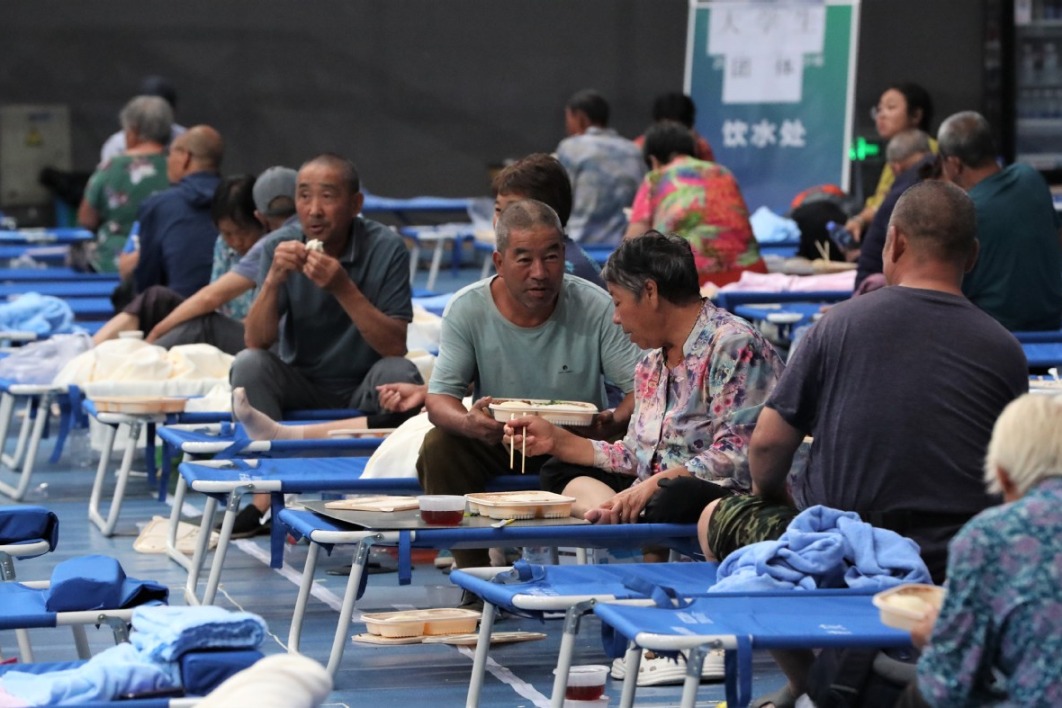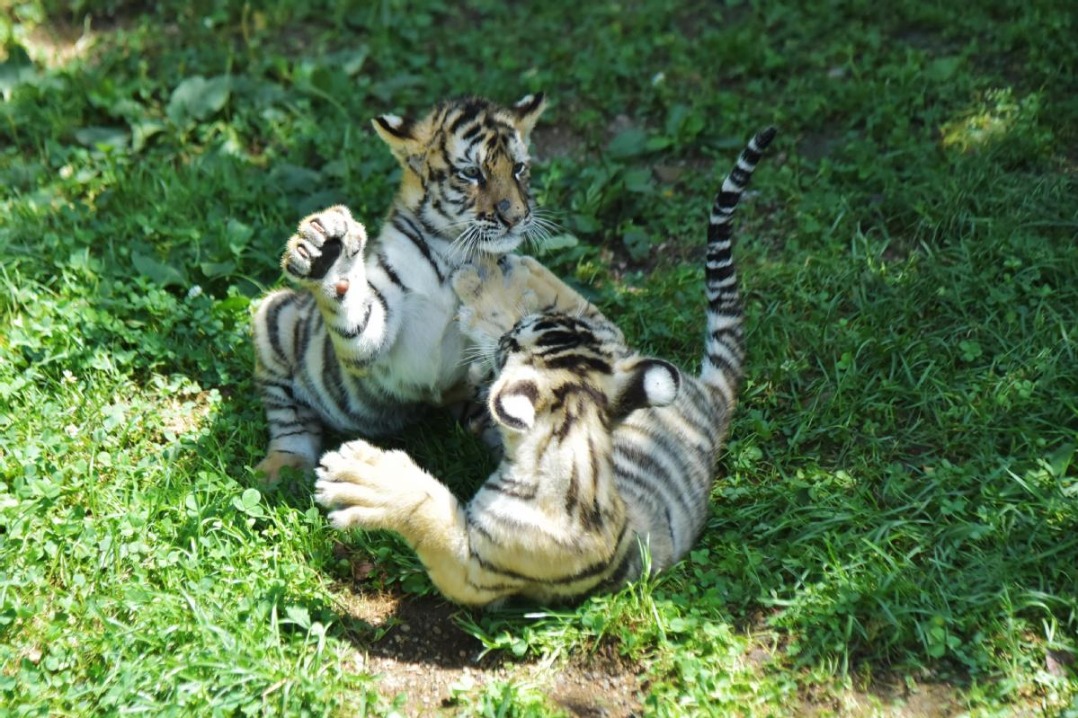A precious journey


Powerful presence
Crystallized forms of certain minerals have always had a special place in Chinese culture. According to feng shui guidelines, an azure crystal releases positive energy, helps clear physical and emotional blockages, facilitates good circulation and helps to ward off negativity and emotional stress. Tektites, on the other hand, are supposed to make great meditation aids. When placed near electronic gadgets such as a TV or personal computer, a tektite crystal is expected to absorb and mitigate electromotive force.

The most popular mineral in Chinese material culture is of course jade or jadeite - a microcrystalline interlocking growth of crystals - because of its spiritual associations. The mining of jade began in the third millennium BC, about the same time as its use to make decorative and religious objects, such as the Six Ritual Jades with its symbolic associations. This group of objects consists of a flat round disc with a hole in its center, called bi, representing heaven; a square tube, or cong, which is the symbol of the Earth; a flat half-ring pendant, referred to as huang; a flat blade-like gui; a harvesting knife or hu and a forked blade, called zhang. The last four represent the north, east, west and south respectively.

Since ancient times, each variety of jade was used for a specific purpose. Serpentine jade, for instance, is still used by apprentice jade carvers before they're ready to work on the more-valuable varieties of the stone.






































